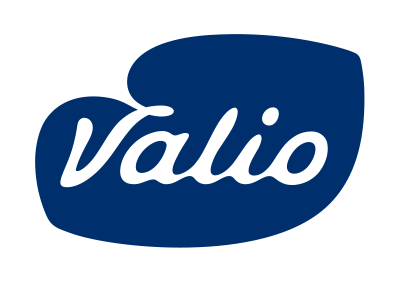Five myths on food waste

Many of us feel anxious about food waste. Let’s have a look at five various claims and beliefs about food waste to see which of them are true.
1. Food waste at home is only a small part of overall food waste.
Untrue. In fact, homes make up a majority of food waste. For example in Finland, we generate roughly 400-500 million kilos of food waste every year, 30% of which comes from homes. Finnish households throw away roughly 120-160 million kilos of food per year. Per person, this waste adds up to an average of 20-25 kilos of food. Households mostly throw away bread, fruit and vegetables as well as dairy prod-ucts.
2. It’s hard to prevent food waste in today’s hustle.
Untrue. It’s easy to prevent food waste in your everyday life with a few simple tips:
- Grate your cheese leftovers and freeze it: this lets you have grated cheese whenever you need it.
- Use yesterday’s leftovers as a base for dinner tomorrow. For instance, leftover tomato soup is easy to use as a base for a Bolognese sauce.
- Keep the products that spoil fastest at the front of your fridge, at eye level, so you can see them whenever you open it.
- Take a photo of your fridge before you go shopping for groceries so you can check what you have while at the store.
- Don’t go shopping for groceries hungry to avoid impulse buying.
3. Packaging matters a lot in preventing food waste.
True. Packaging is intended to protect food from spoiling. Most of the time, we think that avoiding cer-tain packaging material is an ecological choice. However, this is untrue. A good package can protect food from spoiling. For instance, plastic is still a fine packaging material for protecting products that spoil easily. In addition, packaging material has a smaller environmental impact than food waste.
Many wonder why, for example, milk and yoghurt cartons have plastic caps. The caps keep the contents fresh for as long as possible; the caps’ plastic doesn’t breathe, so it’s better protection than a cardboard closure.




